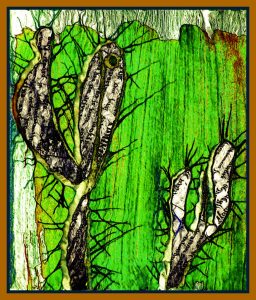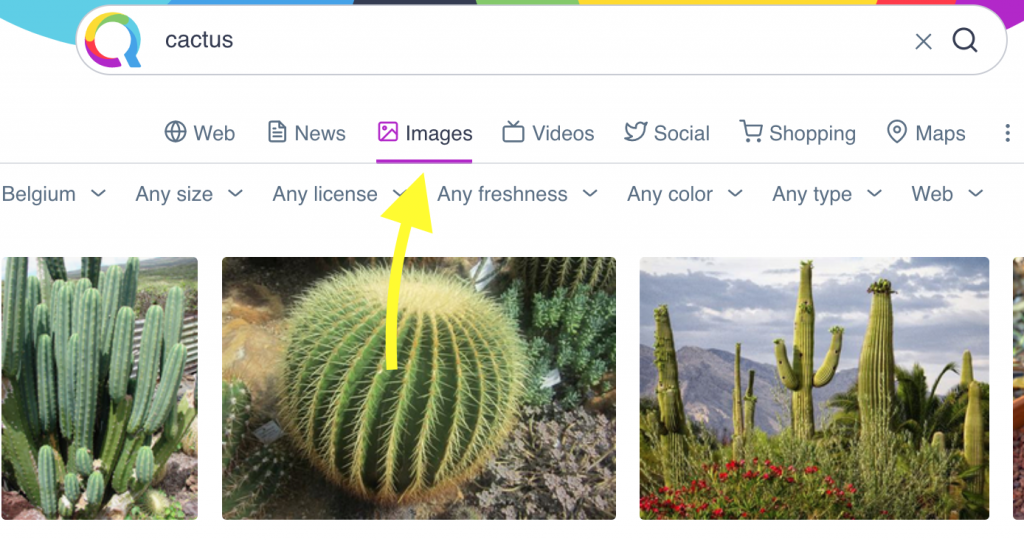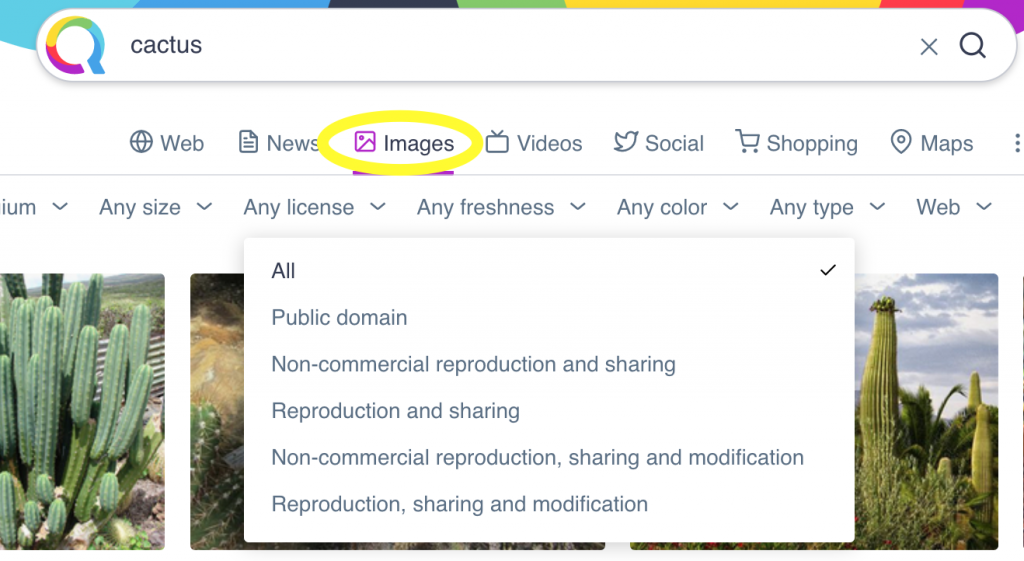By the end of this workshop, participants will have gained a better understanding of notions related to copyright and open source licensing and their impact on the circulation of content as well as the extent of their availability for use by the public.
General Objective
Preparation time for facilitator
Time needed to complete activity (for learner)
Name of author
Support material needed for training
Resource originally created in
Introduction
The internet is teeming with images and films. However, every audio file, video and photo was originally created by an author who has the right to decide the way in which their content can be used and distributed. This workshop will allow participants to become familiar with various kinds of licences that apply conditions to the use of online.
The first part will happen offline while the second will require internet connection and the use of computers, tablets or smartphones. Depending on time, the activities can be split up by focusing on one of the two per session.
Facilitation tips: This worksheet outlines differences between various Creative Commons licences. If you are not familiar with these, we recommend you refer to the workshop dedicated to this subject.
Drawing a cactus
Ask participants to each draw a cactus on an A4 sheet to be signed by them. This signature will define how they would like to be known by their audience (for example, it could be their real name, a pseudonym or something else). Allow 10 minutes for this.

Cactus by Scrappy Annie under license CC BY-NC 2.0
Invite participants to describe to the others, in their own words, what they would allow or not allow to be done with their work. If this idea is not clear for the group, you can ask supporting questions. For example:
- Would you allow a corporation to use your cactus to advertise their product?
- Would you accept that they be used by teachers in their fine arts classes?
- Would you agree that they be used for a book cover?
Next, collect the drawings and place them in a row on the floor, from left to right – in order of the most free in terms of use to the most restrictive. Recite for every work the conditions of reuse (or for non-reuse) as described by the participants. This step will allow you to steer the discussion to open licences. For example, suppose a person authorises the reuse of their work only in an educational context on the condition that the author be cited. This would adhere closely with the Creative Commons license CC BY-NC.
Right to reuse
Now, categorise with participants each drawing in one of these 3 categories: rights reserves, public domain, open licensing. You will now have 3 piles of drawings.
‘All Rights Reserved’
The author of the work can decide not to allow the work to be reused by indicating ‘all rights reserved’, which will mean that no one will be able to use, copy, reproduce, publish, impart, distribute or change their work, through whatever form or by whatever method, without their written authorisation.
Public domain
On the other end of the spectrum, there is the idea of public domain. Copyright restrictions do not apply to works in the public domain. They can be reused and distributed freely without condition. This is, for example, this case of Giant Steps by John Coltrane, which entered public domain in 2018. These could be works which cannot be protected, works for which the author has simply allowed free and unlimited access or indeed works for which the copyright has expired.
Copyright duration varies by country. To take France as an example, copyright there lasts 70 years from the death of the work’s author. For example, Disney has been contesting for 90 years to keep its mascot Mickey Mouse from falling into public domain. Thus, any person who uses Mickey’s image (for a logo, on a t-shirt or whatever product) must have the authorisation of Disney without which a penalty will be applied.
Works protected by copyright assure their authors a strict degree of control over their distribution. This can be the subject of a contract and subject to commercial negotiation (the author could for example be compensated for every use of their work). This is the case with press photos for example, as with films or series. Conversely, works in the public domain can be reused and distributed freely.
Open licenses and Creative Commons
Between these two designations – copyright and public domain – there is fortunately a wide range of nuance allowing authors to authorise reuse of their works under flexible conditions. This is referred to as open licensing. The most common open licenses are Creative Commons licences. Creative Commons licences allow authors of a work to allocate, vis-à-vis their works, precise permissions to members of the public. These are obtained by combining the following elements:
- The attribution of the work to the author
- The authorisation of the modification of the work
- The obligation to share the work in the same conditions
- The authorisation of commercial use of the work
Symbols
Attribution (BY)
![]()
Sharing in the same conditions (SA = Share alike)
![]()
Modification of the work is not authorised (ND = no derivative works)
![]()
Commercial use is not authorised (NC = NonCommercial use)
![]()
By combining symbols we thus define the terms of the Creative Commons licence of a work.
Searching for open content online
Now explain to the group that there is countless online content under these kinds of licensing (open source, public domain and rights reserved). In fact, the use of every text, image and video accessible online is subject to particular conditions. At the computers, ask participants to search for cactus images on the search engine Qwant.

Now do the same search with licence filters on. To do this, click on ‘Any licence’. This will open a list of options corresponding to the condition types outlined above.

The group members can change the conditions and search for cactuses that can be freely reused in a non-commercial context and without modification, or those which can be used for commercial purposes. Noting what licence is selected, see here for the result. They can also compare with other images, for example of a map of Europe, famous buildings (Eiffel Tower, Statue of Liberty), portraits of painters (Picasso), composers (Mozart), paintings (Wanderer Above the Sea of Fog), etc. Copyright licensing applies to every kind of content: images, text, video, audio and audio. To dive deeper into the terms and conditions for use of images depending on their licensing, have a look at the workshop ‘Reusing and Distributing Content Online‘
What is Qwant? It’s highly probable that when we ask group members to search for something online, they will default to what they know: Google. Insist in this case that they use Qwant, which is a search engine that, unlike Google, respects the privacy of its users. Whereas Google records its users’ personal data with the intention of using it commercially, Qwant keeps nor uses none of its users information. For more information on search engines, you can follow the Digital Travelers workshop ‘Using and Differentiating Search Engines‘.
Conclusion
Participants should be aware of the differences between content under strict copyright and those with open licensing. When searching online, they have been able to find images which the creator explicitly allowed to circulate under Creative Commons licensing. This workshop is the first in a series of three. The next two will concern the creation of open content reusable by others. Participants will contribute to an online encyclopedia whose articles are all open, then they will make additions to an open map online to which anyone can add information.